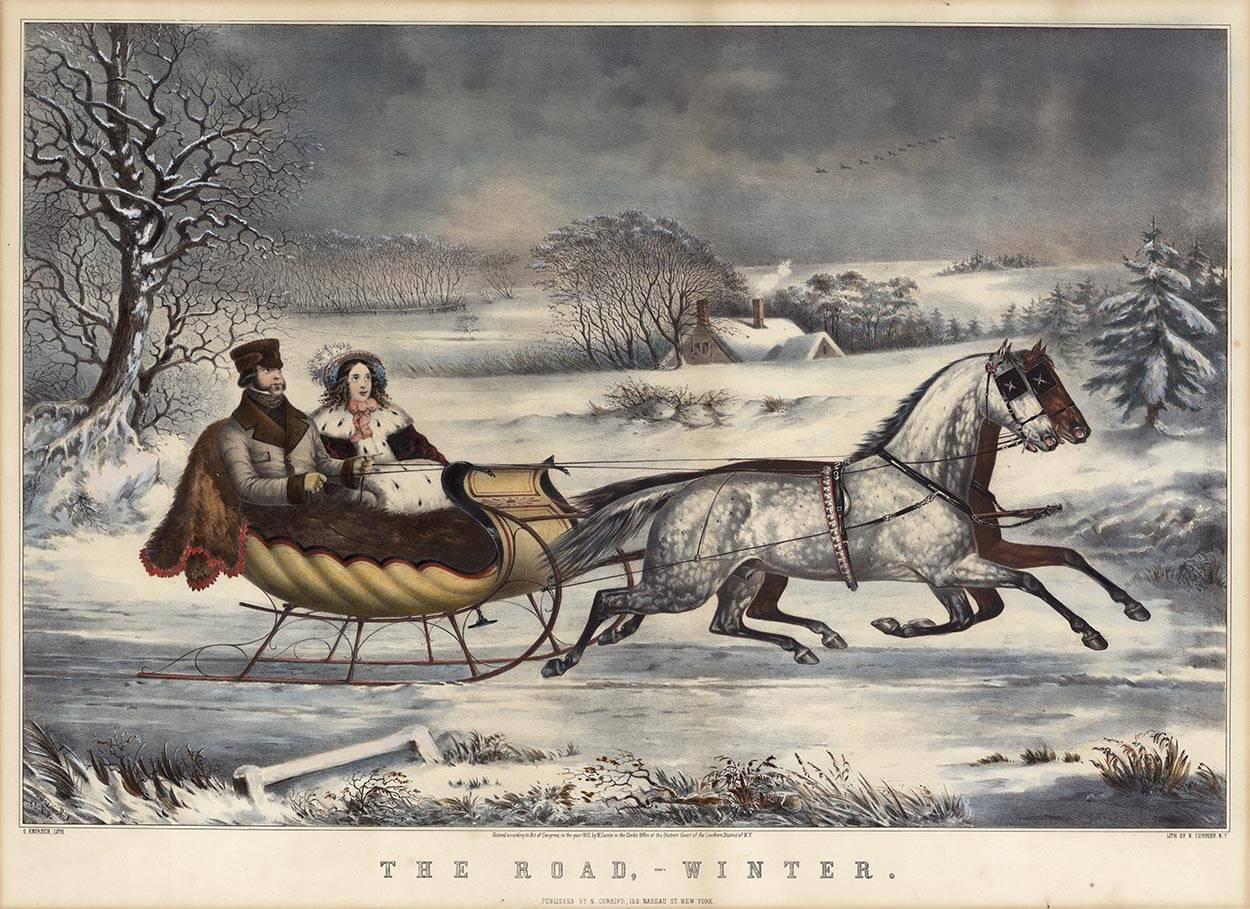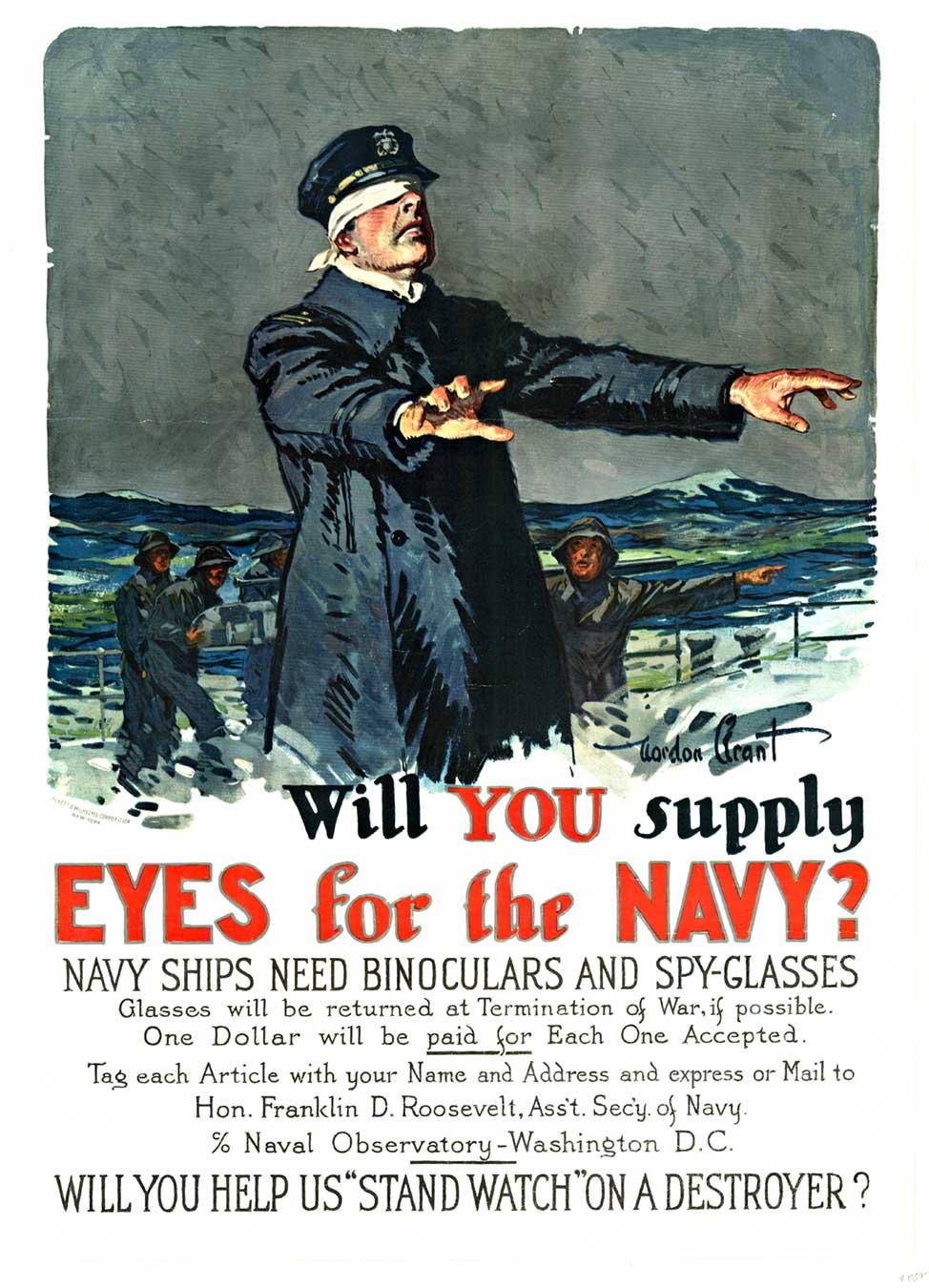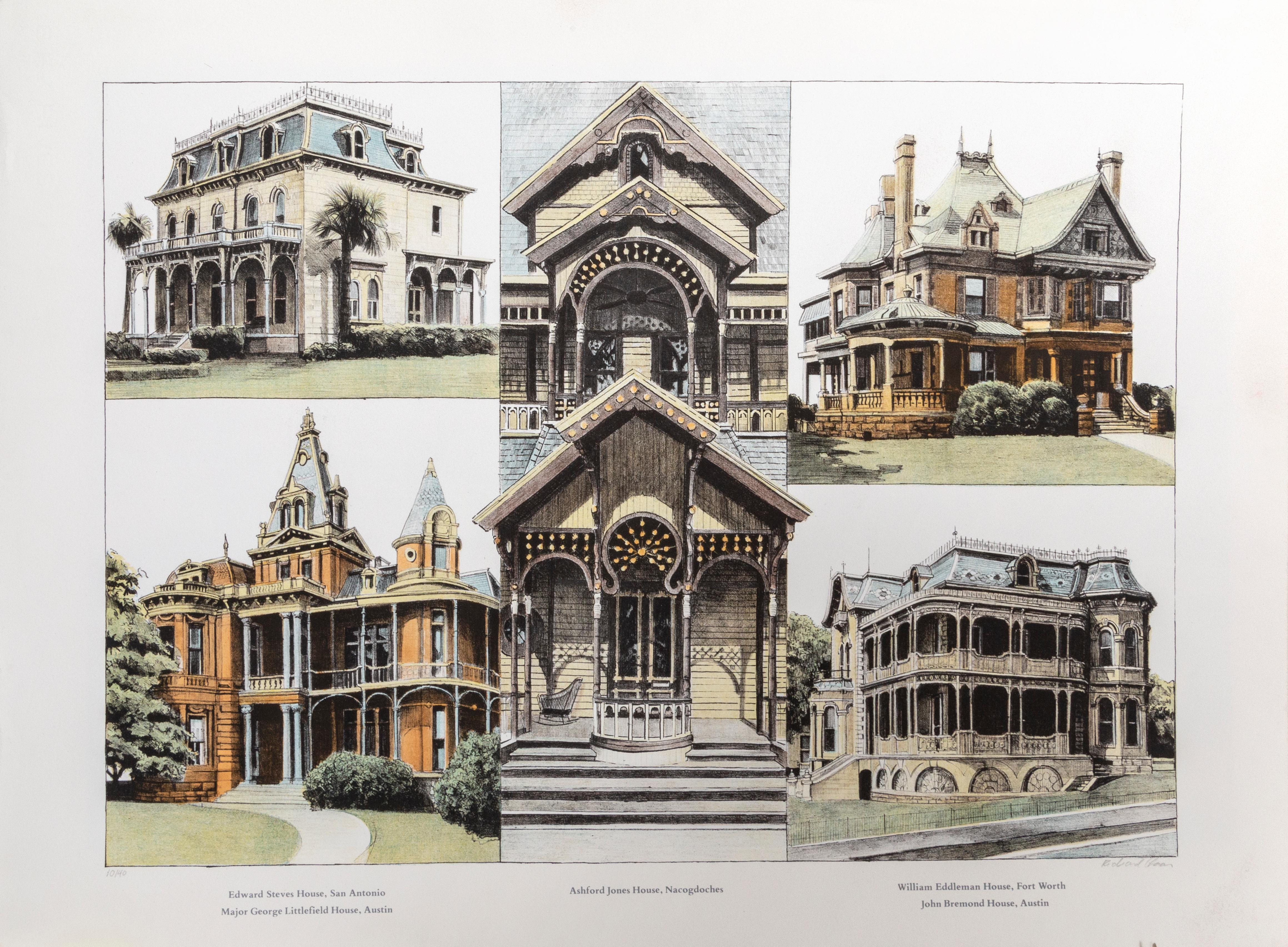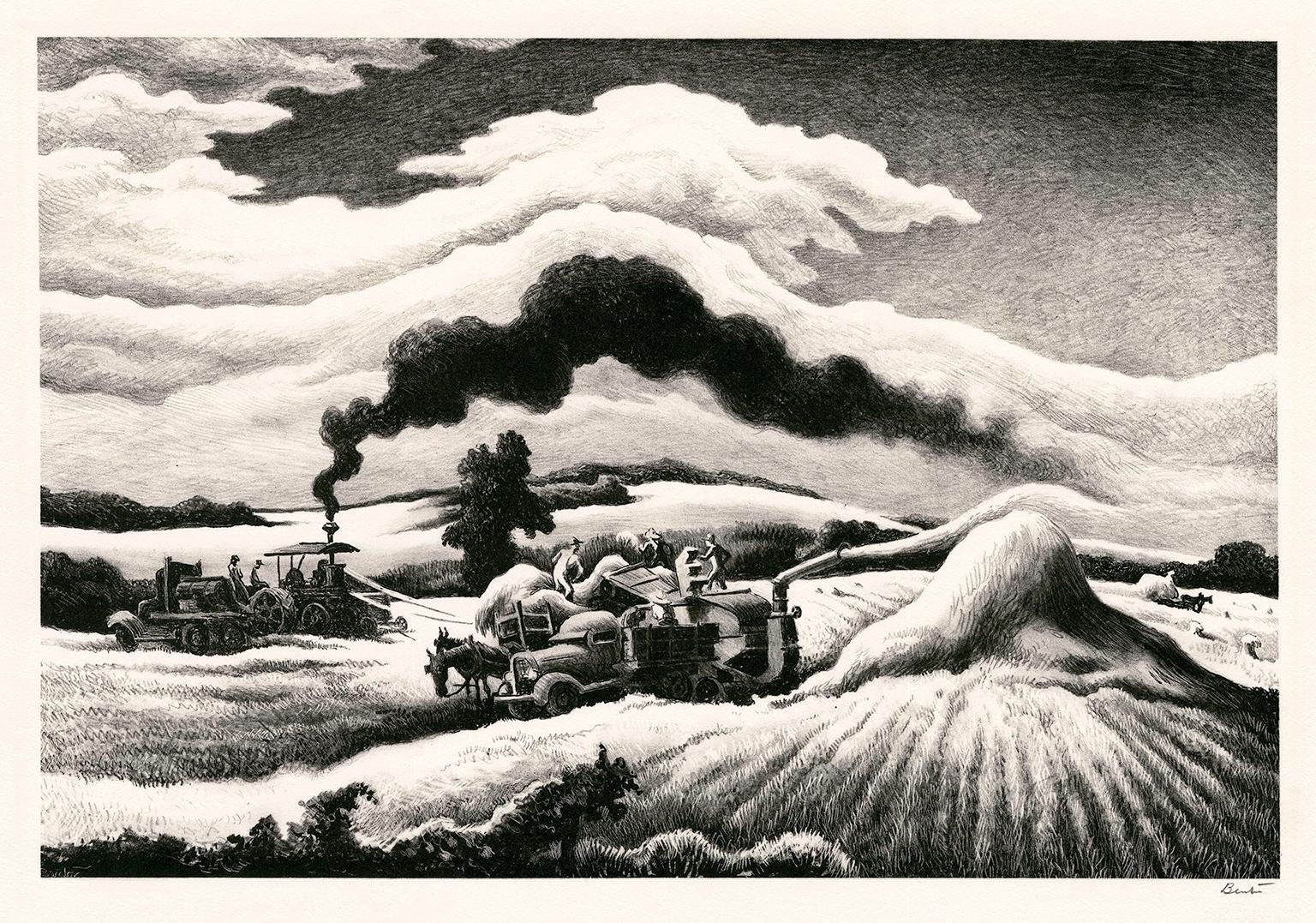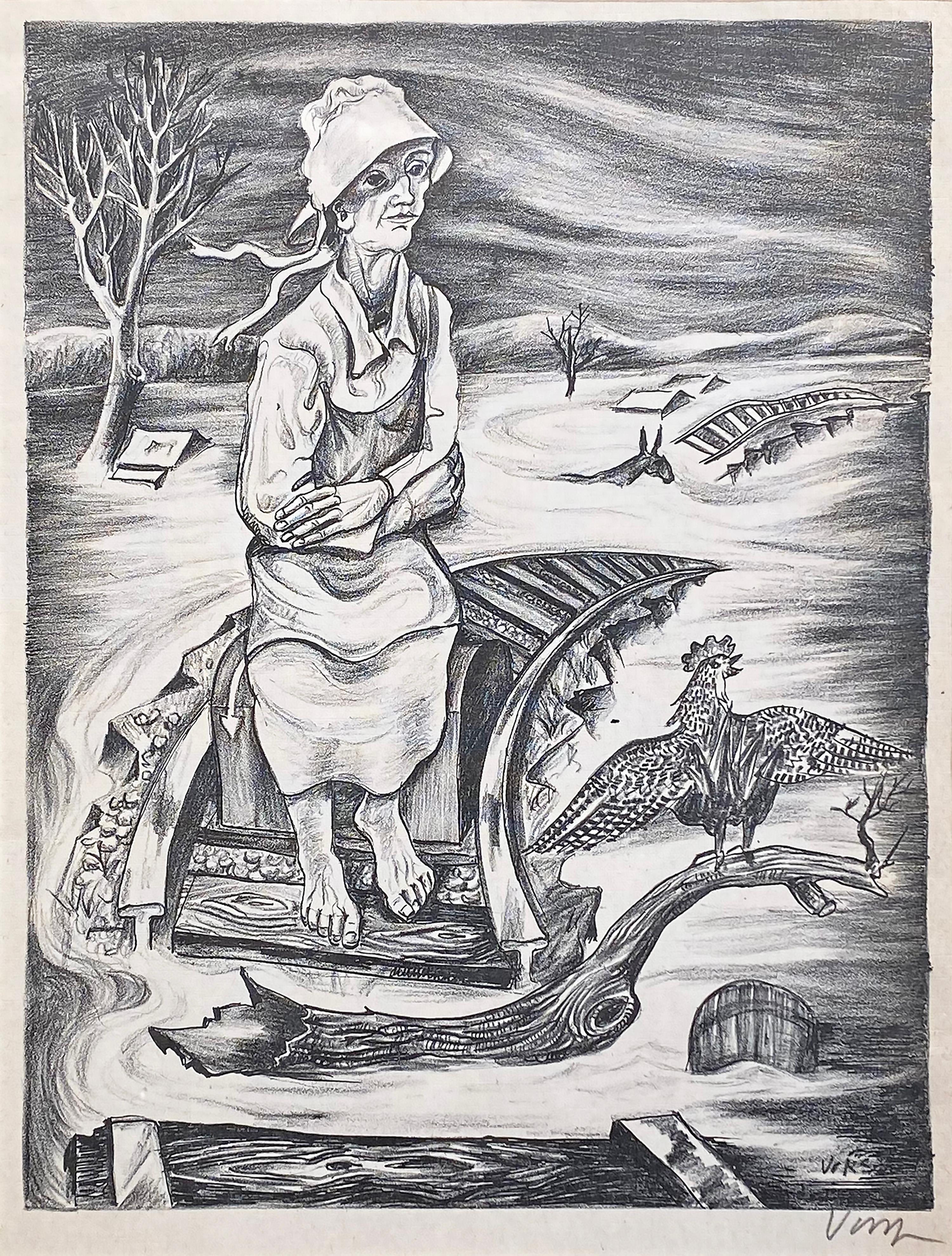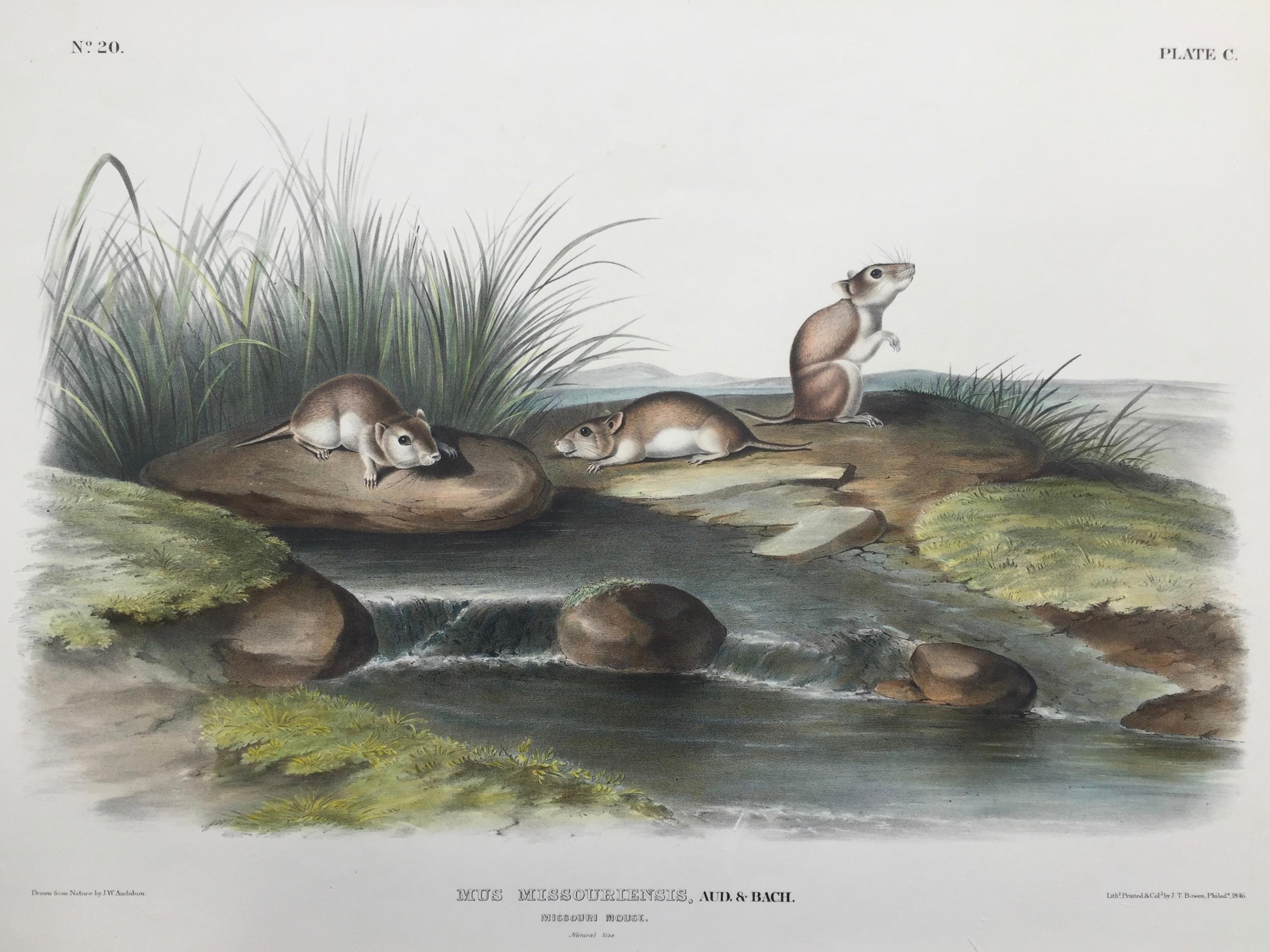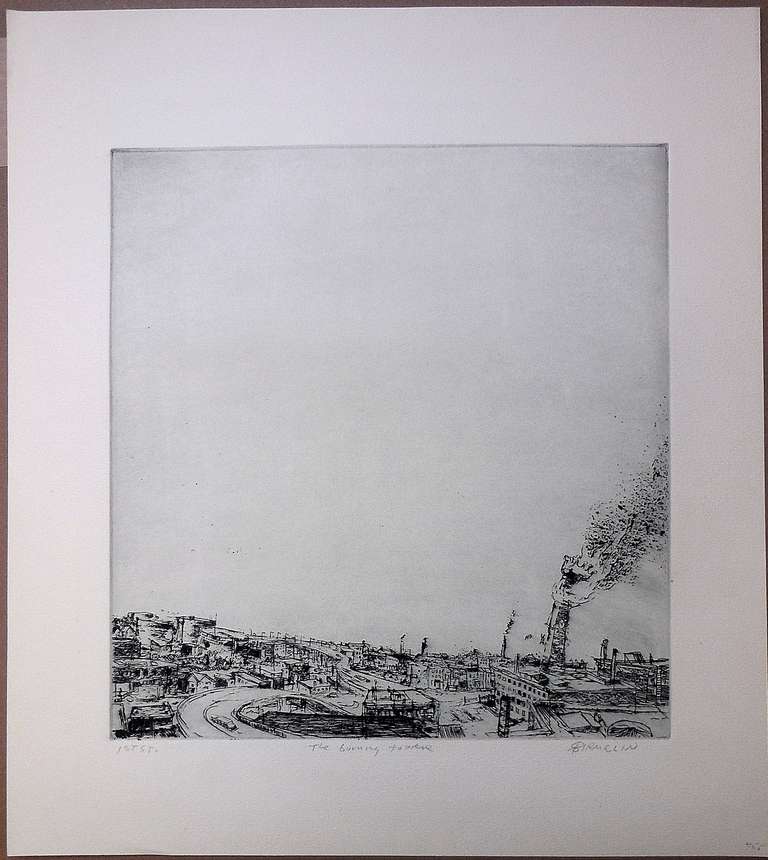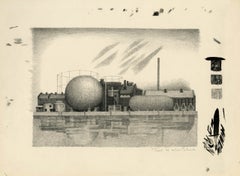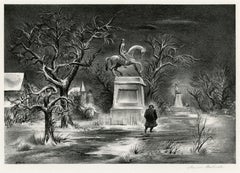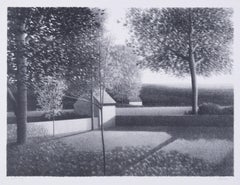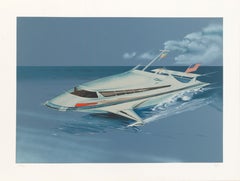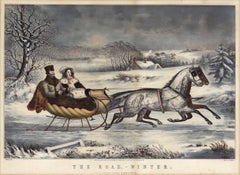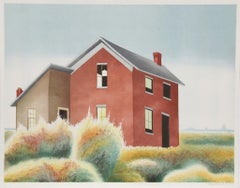
Old Willow
View Similar Items
Want more images or videos?
Request additional images or videos from the seller
1 of 9
Stow WengenrothOld Willow1947
1947
About the Item
- Creator:Stow Wengenroth (1906 - 1978, American)
- Creation Year:1947
- Dimensions:Height: 15.19 in (38.59 cm)Width: 11.75 in (29.85 cm)
- Medium:
- Movement & Style:
- Period:
- Condition:
- Gallery Location:Fairlawn, OH
- Reference Number:Seller: FA70291stDibs: LU1407907912
About the Seller
5.0
Recognized Seller
These prestigious sellers are industry leaders and represent the highest echelon for item quality and design.
Platinum Seller
These expertly vetted sellers are 1stDibs' most experienced sellers and are rated highest by our customers.
Established in 1978
1stDibs seller since 2013
710 sales on 1stDibs
Typical response time: 1 hour
Associations
International Fine Print Dealers Association
More From This SellerView All
- Refinery SceneBy Paul H. WinchellLocated in Fairlawn, OHRefinery Scene Lithgrah, c. 1930 Signed in pencil lower right. (see photo) Edition c. 14 Two impressions in the artist's estate. The other impression I sold to Dave and Reba Willia...Category
1930s American Realist Landscape Prints
MaterialsLithograph
- City Park, WinterBy Aaron BohrodLocated in Fairlawn, OHCity Park, Winter Lithograph, c. 1947 Signed in pencil lower right (see photo) Published by Associated American Artists Printed by George C. Miller, New York Edition: c. 250 In the Bohrod papers at Syracuse University, the artist states that it is a view of Pittsburgh. It depicts the George Washington Monument in Allegheny Commons Park, dedicated in 1891. The sculptor f the monument is Edward Ludwig Albert Pausch (1856-1931). Condition: Excellent Image size: 9 1/4 x 13 7/16 inches Frame size: 19 x 23 inches Provenance: Estate of Adolf Dehn Reference: AAA Index No. 848 Aaron Bohrod (21 November 1907 – 3 April 1992) was an American artist best known for his trompe-l'œil still-life paintings. Education Bohrod was born in Chicago in 1907, the son of an emigree Bessarabian-Jewish grocer. Bohrod studied at the School of the Art Institute of Chicago and the Art Students League of New York between 1926 and 1930. While at the Art Students League, Bohrod was influenced by John Sloan and chose themes that involved his own surroundings. Career He returned to Chicago in 1930 where he painted views of the city and its working class. He eventually earned Guggenheim Fellowships which permitted him to travel throughout the country, painting and recording the American scene. His early work won him widespread praise as an important social realist and regional painter and printmaker and his work was marketed through Associated American Artists in New York. Bohrod completed three commissioned murals for the Treasury Departments Section of Fine Arts in Illinois; Vandalia in 1935, Galesburg in 1938 and Clinton in 1939. During World War II, Bohrod worked as an artist; first in the Pacific for the United States Army Corps of Engineers' Army War Art Unit...Category
1940s American Realist Landscape Prints
MaterialsLithograph
- Backyard IIBy Robert KipnissLocated in Fairlawn, OHBackyard II Lithograph, 1972 Signed lower right Signed lower right Annotated: Printer's Proof Reference: Karl Lunde 58 An impression is in the collection of the Art Institute of Chic...Category
1970s American Realist Landscape Prints
MaterialsLithograph
- The White Gate (New Castle, Delaware)By Stow WengenrothLocated in Fairlawn, OHThe White Gate (New Castle, Delaware) Lithograph, 1961 Signed in pencil lower right (see photo) Numbered and title in the lower left (see photos) Condition: Excellent Image size: 15 ...Category
1960s American Realist Landscape Prints
MaterialsLithograph
- The Golden GateBy Adolf Arthur DehnLocated in Fairlawn, OHThe Golden Gate Lithograph on wove paper watermarked GC, 1940 Signed in pencil by the artist (see photo) Publisher: Associated American Artists Edition: 189, unnumbered The image depicts The Golden Gate Bridge which connects San Francisco and Marin County, California References And Exhibitions: Illustrated: Adams, The Sensuous Life of Adolf Dehn, Fig. 13.17, page 324 Reference: L & O 325 AAA Index 391 Adolf Dehn, American Watercolorist and Printmaker, 1895-1968 Adolf Dehn was an artist who achieved extraordinary artistic heights, but in a very particular artistic sphere—not so much in oil painting as in watercolor and lithography. Long recognized as a master by serious print collectors, he is gradually gaining recognition as a notable and influential figure in the overall history of American art. In the 19th century, with the invention of the rotary press, which made possible enormous print runs, and the development of the popular, mass-market magazines, newspaper and magazine illustration developed into an artistic realm of its own, often surprisingly divorced from the world of museums and art exhibitions, and today remains surprisingly overlooked by most art historians. Dehn in many regards was an outgrowth of this world, although in an unusual way, since as a young man he produced most of his illustrative work not for popular magazines, such as The Saturday Evening Post, but rather for radical journals, such as The Masses or The Liberator, or artistic “little magazines” such as The Dial. This background established the foundation of his outlook, and led later to his unique and distinctive contribution to American graphic art. If there’s a distinctive quality to his work, it was his skill in introducing unusual tonal and textural effects into his work, particularly in printmaking but also in watercolor. Jackson Pollock seems to have been one of many notable artists who were influenced by his techniques. Early Years, 1895-1922 For an artist largely remembered for scenes of Vienna and Paris, Adolf Dehn’s background was a surprising one. Born in Waterville, Minnesota, on November 22, 1895, Dehn was the descendent of farmers who had emigrated from Germany and homesteaded in the region, initially in a one-room log cabin with a dirt floor. Adolf’s father, Arthur Clark Dehn, was a hunter and trapper who took pride that he had no boss but himself, and who had little use for art. Indeed, during Adolf’s boyhood the walls of his bedroom and the space under his bed were filled with the pelts of mink, muskrats and skunks that his father had killed, skinned and stretched on drying boards. It was Adolf’s mother, Emilie Haas Dehn, a faithful member of the German Lutheran Evangelical Church, who encouraged his interest in art, which became apparent early in childhood. Both parents were ardent socialists, and supporters of Eugene Debs. In many ways Dehn’s later artistic achievement was clearly a reaction against the grinding rural poverty of his childhood. After graduating from high school in 1914 at the age of 19—an age not unusual in farming communities at the time, where school attendance was often irregular—Dehn attended the Minneapolis School of Art from 1914 to 1917, whose character followed strongly reflected that of its director, Munich-trained Robert Kohler, an artistic conservative but a social radical. There Dehn joined a group of students who went on to nationally significant careers, including Wanda Gag (later author of best-selling children’s books); John Flanagan (a sculptor notable for his use of direct carving) Harry Gottlieb (a notable social realist and member of the Woodstock Art Colony), Elizabeth Olds (a printmaker and administrator for the WPA), Arnold Blanch (landscape, still-life and figure painter, and member of the Woodstock group), Lucille Lunquist, later Lucille Blanch (also a gifted painter and founder of the Woodstock art colony), and Johan Egilrud (who stayed in Minneapolis and became a journalist and poet). Adolf became particularly close to Wanda Gag (1893-1946), with whom he established an intense but platonic relationship. Two years older than he, Gag was the daughter of a Bohemian artist and decorator, Anton Gag, who had died in 1908. After her husband died, Wanda’s mother, Lizzi Gag, became a helpless invalid, so Wanda was entrusted with the task of raising and financially supporting her six younger siblings. This endowed her with toughness and an independent streak, but nonetheless, when she met Dehn, Wanda was Victorian and conventional in her artistic taste and social values. Dehn was more socially radical, and introduced her to radical ideas about politics and free love, as well as to socialist publications such as The Masses and The Appeal to Reason. Never very interested in oil painting, in Minneapolis Dehn focused on caricature and illustration--often of a humorous or politically radical character. In 1917 both Dehn and Wanda won scholarships to attend the Art Students League, and consequently, in the fall of that year both moved to New York. Dehn’s art education, however, ended in the summer of 1918, shortly after the United States entered World War I, when he was drafted to serve in the U. S. Army. Unwilling to fight, he applied for status as a conscientious objector, but was first imprisoned, then segregated in semi-imprisonment with other Pacifists, until the war ended. The abuse he suffered at this time may well explain his later withdrawal from taking political stands or making art of an overtly political nature. After his release from the army, Dehn returned to New York where he fell under the spell of the radical cartoonist Boardman Robinson and produced his first lithographs. He also finally consummated his sexual relationship with Wanda Gag. The Years in Europe: 1922-1929 In September of 1921, however, he abruptly departed for Europe, arriving in Paris and then moving on to Vienna. There in the winter of 1922 he fell in love with a Russian dancer, Mura Zipperovitch, ending his seven-year relationship with Wanda Gag. He and Mura were married in 1926. It was also in Vienna that he produced his first notable artistic work. Influenced by European artists such as Jules Pascin and Georg Grosz, Dehn began producing drawings of people in cafes, streets, and parks, which while mostly executed in his studio, were based on spontaneous life studies and have an expressive, sometimes almost childishly wandering quality of line. The mixture of sophistication and naiveté in these drawings was new to American audiences, as was the raciness of their subject matter, which often featured pleasure-seekers, prostitutes or scenes of sexual dalliance, presented with a strong element of caricature. Some of these drawings contain an element of social criticism, reminiscent of that found in the work of George Grosz, although Dehn’s work tended to focus on humorous commentary rather than savagely attacking his subjects or making a partisan political statement. Many Americans, including some who had originally been supporters of Dehn such as Boardman Robinson, were shocked by these European drawings, although George Grocz (who became a friend of the artist in this period) admired them, and recognized that Dehn could also bring a new vision to America subject matter. As he told Dehn: “You will do things in America which haven’t been done, which need to be done, which only you can do—as far at least as I know America.” A key factor in Dehn’s artistic evolution at this time was his association with Scofield Thayer...Category
1940s American Realist Landscape Prints
MaterialsLithograph
- New England Coast (Greenport, New York)By Stow WengenrothLocated in Fairlawn, OHNew England Coast (Greenport, New York) Lithograph, 1969 Signed in pencil lower right (see photo) Edition: 350 Published in the book, Stow Wengenroth...Category
1960s American Realist Landscape Prints
MaterialsLithograph
You May Also Like
- HyrdofoilBy Raymond LoewyLocated in Long Island City, NYArtist: Raymond Loewy, American (1893 - 1986) Title: Hydrofoil Year: 1978 Medium: Lithograph, signed and numbered in pencil Edition: 300 Image Size: 17 x 24 inches Size: 21 in. x 28 ...Category
1970s American Realist Figurative Prints
MaterialsLithograph
- The Road, - Winter.By Otto KnirschLocated in New York, NYPublished by N. Currier, 152 Nassau St. New York. Drawn on the stone by O. Knirsch. Lithograph hand-colored, 1853. This print was produced by Nathaniel Currier's staff as a Christ...Category
19th Century American Realist Landscape Prints
MaterialsLithograph
- Homestead, Lithograph by Clarence Holbrook CarterBy Clarence Holbrook CarterLocated in Long Island City, NYArtist: Clarence Holbrook Carter, American (1904 - 2000) Title: Homestead Year: 1979 Medium: Lithograph, signed and numbered in pencil Edition: 200, AP 30 Size: 23 in. x 29 in. (58....Category
1970s American Realist Landscape Prints
MaterialsLithograph
- "Guggenheim Bilbao" Architectural Silkscreen on Aluminum by Richard HaasBy Richard HaasLocated in Long Island City, NYArtist: Richard Haas, American (1936 - ) Title: Guggenheim Bilbao Year: 2000 Medium: Lithograph and Silkscreen on Aluminum, signed and numbered Edition: 15...Category
Early 2000s American Realist Landscape Prints
MaterialsScreen, Lithograph
$2,000 Sale Price20% Off - Original 'Will You Supply Eyes for the Navy?' vintage American military posterBy Gordon GrantLocated in Spokane, WAOriginal WW1 poster, linen-backed. Very good condition, rare American WW1 antique military poster. Navy ships need binoculars and spy-glasses. Will you ...Category
1910s American Realist Portrait Prints
MaterialsLithograph
- Houses, Photorealist Lithograph by Richard HaasBy Richard HaasLocated in Long Island City, NYArtist: Richard Haas Title: Houses, Texas Year: circa 1980 Medium: Lithograph, signed and numbered in pencil Edition: 10/40 Image Size: 17.5 x 24 inches Paper Size: 21.5 x 29 in. (5...Category
1980s American Realist Landscape Prints
MaterialsLithograph

